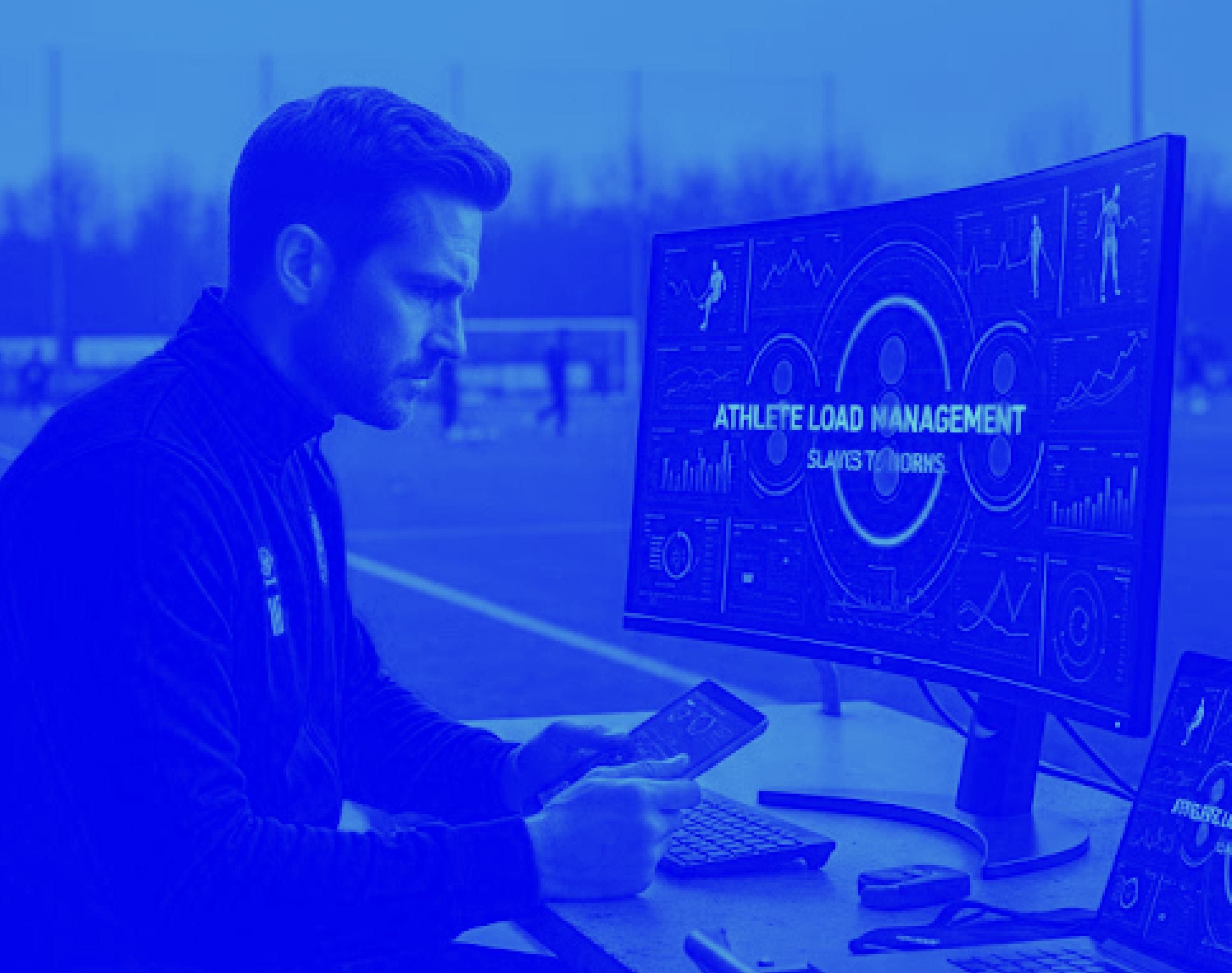13 years and 4 PhDs later….
The paper just published in Frontiers in Physiology outlines the story of my ‘relationship’ with HRV. A bit like a rollercoaster, but with a happy ending!

I started to get interested in HRV as a training monitoring tool in 2001, when I came across the A. Hautala paper showing the HRV recovery time course following a 75-km cross-country skiing race – that was a revelation. I then started a PhD in France the same year, but actually found more limitations than applications if the field, which left me definitely disappointed. Fair enough, these efforts were nevertheless worthwhile since they allowed me to better understand the bases of the ‘HRV tool’, and I managed to do some progress with respect to the optimal ways for data collection and analysis. This was then followed by a first series of applied projects, more centered on acute interventions designed to better understand the mechanisms underlying parasympathetic reactivation post effort (Hani Al Haddad, PhD #2, our first child with HRV). Later, in parallel to the applied work that I conducted on my own and/or through different collaborations, and with my mates in Aspire in Qatar, I have been lucky enough to be involved in the design/supervision of 2 very applied PhDs (Jamie Stanley, PhD #3 in Australia and Dan Plews PhD #4 in New Zealand, the twins of the 2nd delivery). While most of these latter field studies were not the easiest to publish (reflecting again the issues of the publication process, please see other posts), they sealed the methodology to properly monitor athletes, both on a short- and long-term basis. Some of the key take home messages, which are still largely ignored by practitioners, were that HRV measures can’t be used in isolation and that a proper statistical methodology needs to be used – in practice people still collect data at random intervals and try to provide training recommendations based on direct changes in unreliable indices, and take the measures out of their context. I am not pretending (and will never) that our conclusions are flawless and that there is only one way to reach Rome, but I have today much more confidence in the process to apply with athletes, that I had 13 years ago. Fortunately enough, I didn’t quit HRV in 2004 when submitting my PhD work. We had an uninterrupted series of story twists and surprises together, and since now I know her better, I am happy to grow old with her. For better, or worse! This review paper is dedicated to all the friends and colleagues who made our relationship so enjoyable and more exciting every day. Thank you all!

@HaniAlHaddad2 @jstan85 @theplews1@PaulBLaursen




lornemorrow
As a non-scientist, personal trainer and sometimes amateur coach. It is always a treat to read work that people such as you have done. Incredible committment! I stumbled on this article after a retweet by Fred Grappe. Thank you for publishing. Please correct me if I am wrong: to date, my cheapest, quickest & most accurate means of measuring fatigue in an athlete is to shake their hand daily, make eye contact & ask them how they are feeling? But that does not work with an athlete training in semi-isolation like they would at their residence before camps or season. I remember in 1996 listening to Angie Sayers (?) from the AIS in AUS saying that psychological indicator quizzes were still their most effective tools of monitoring training fatigue. Reading your article, I sense that is still somewhat the case. Have I understood the premise of your article?